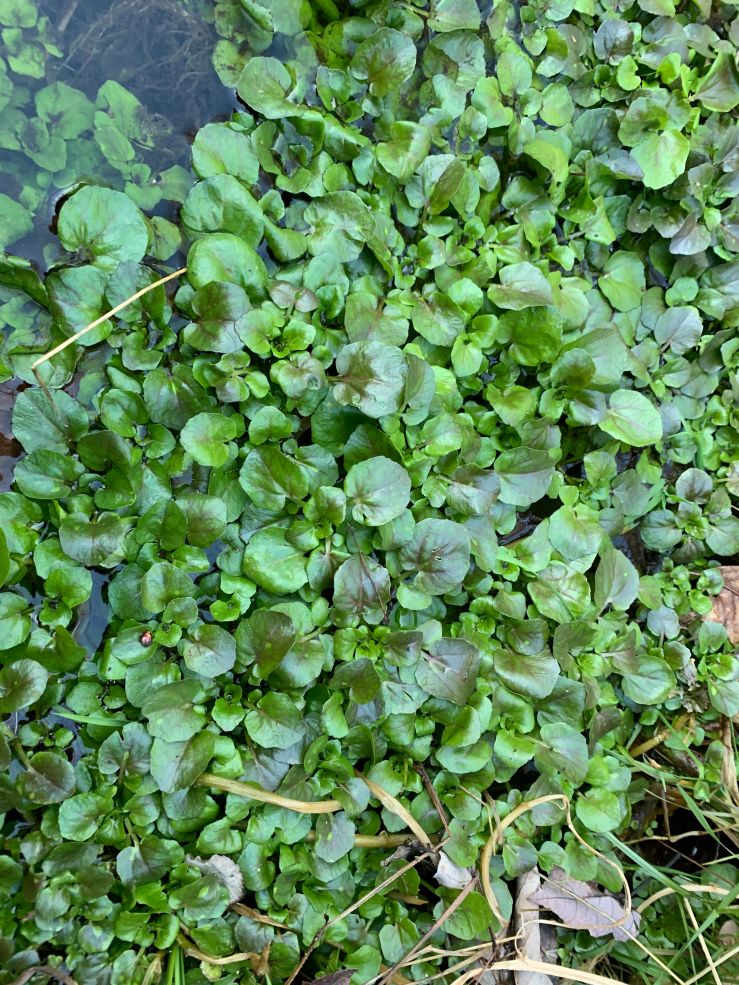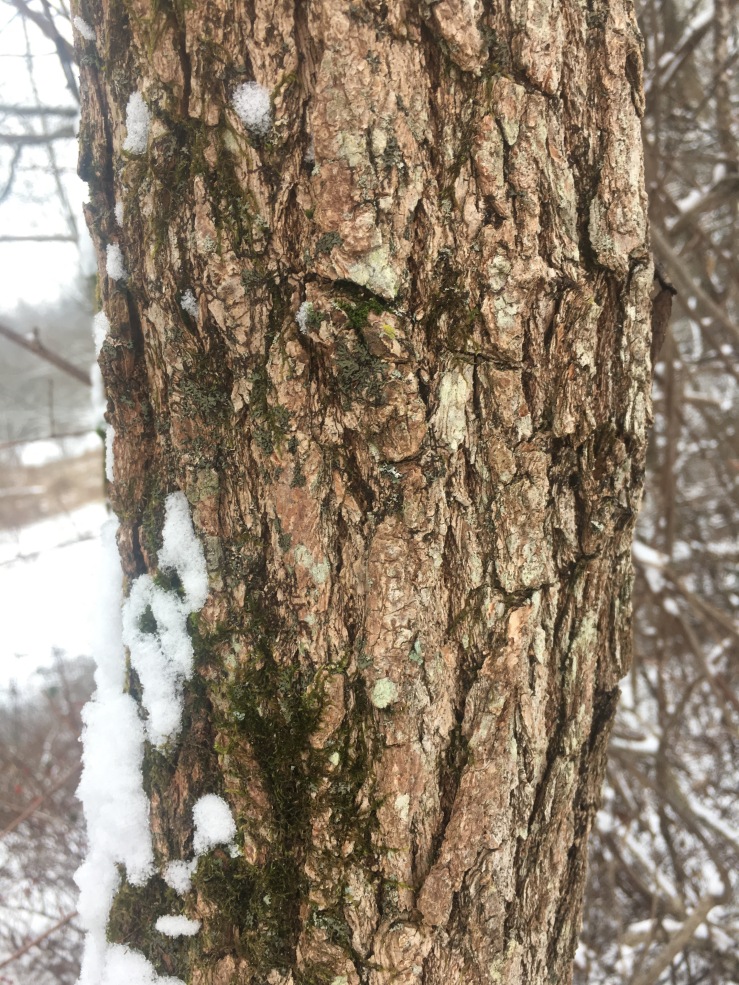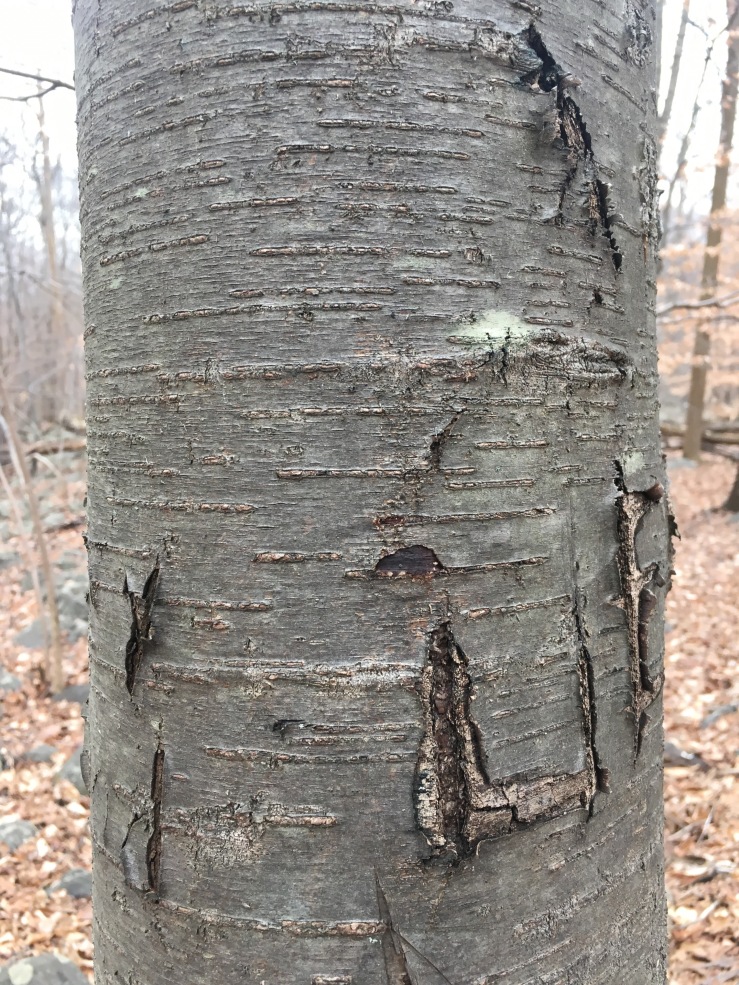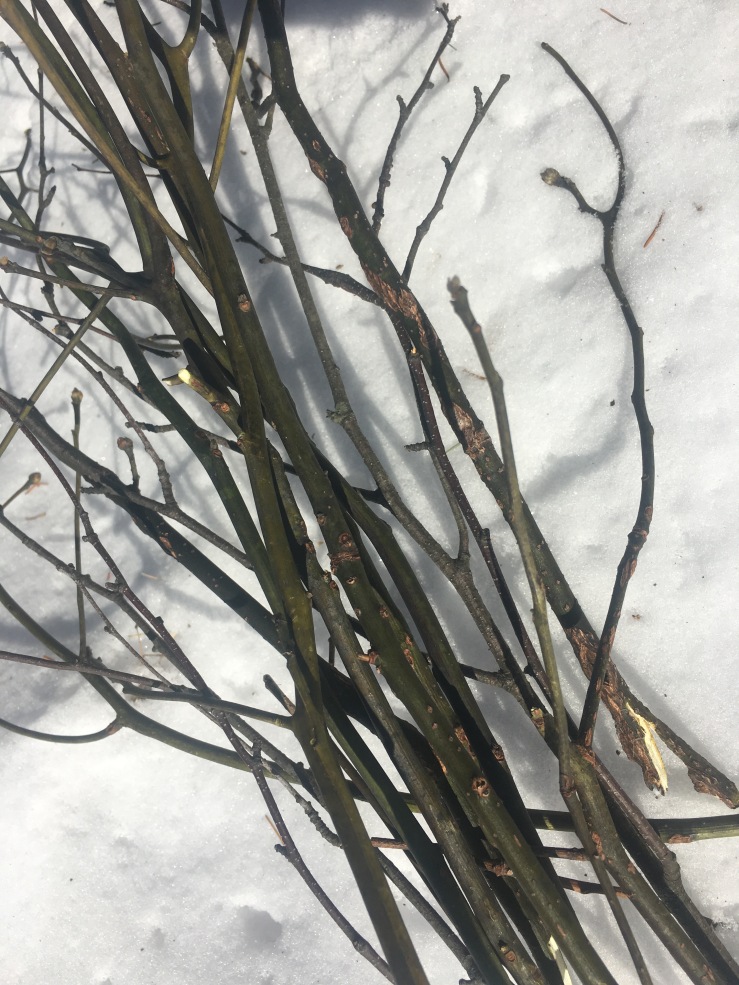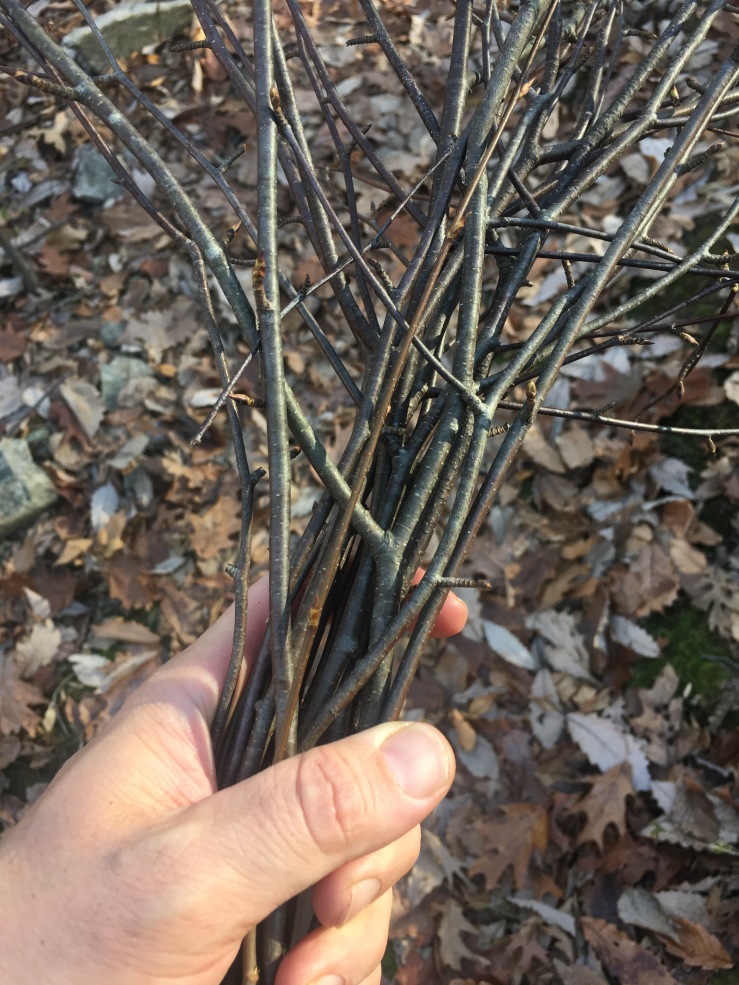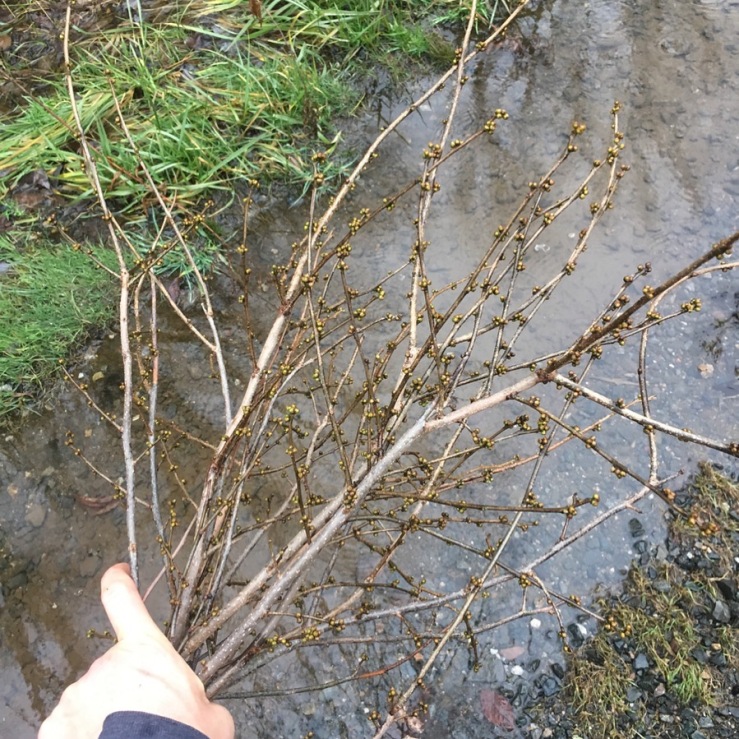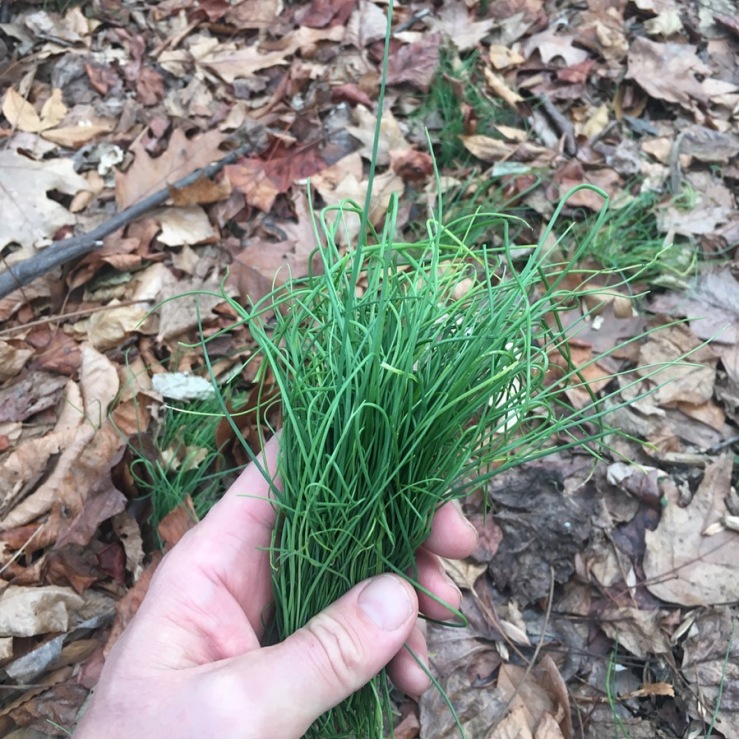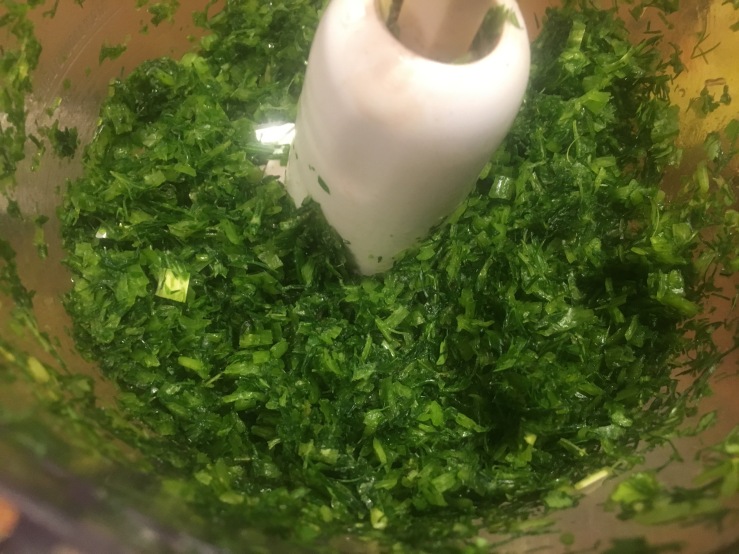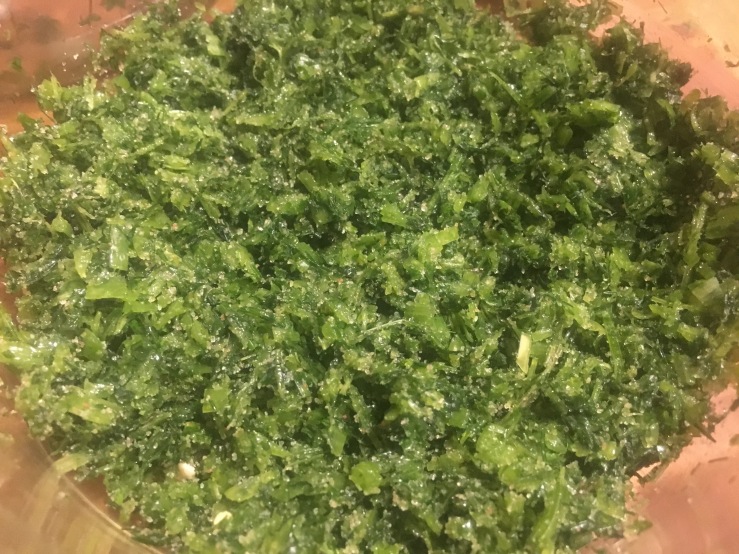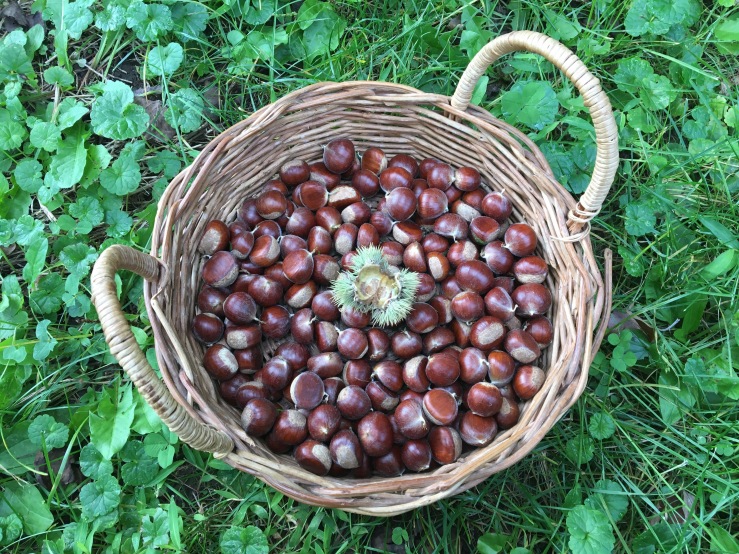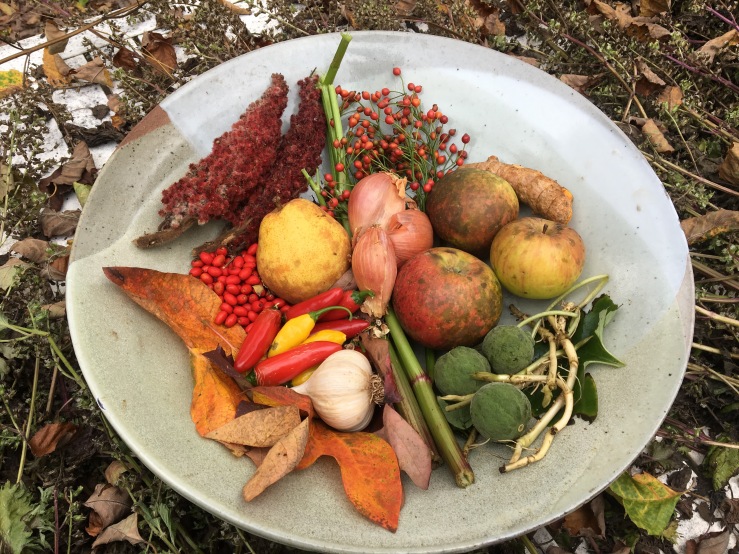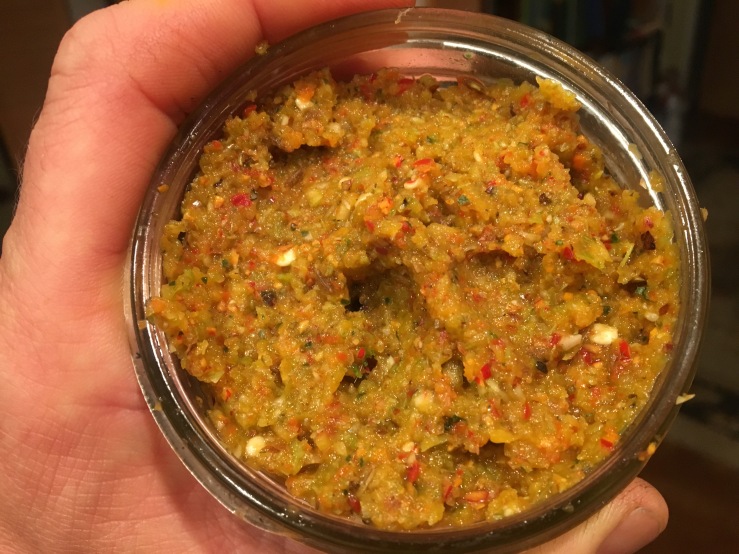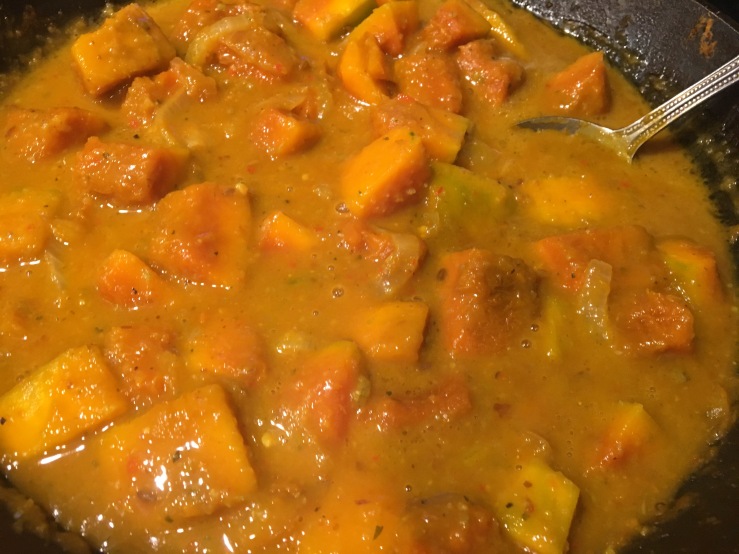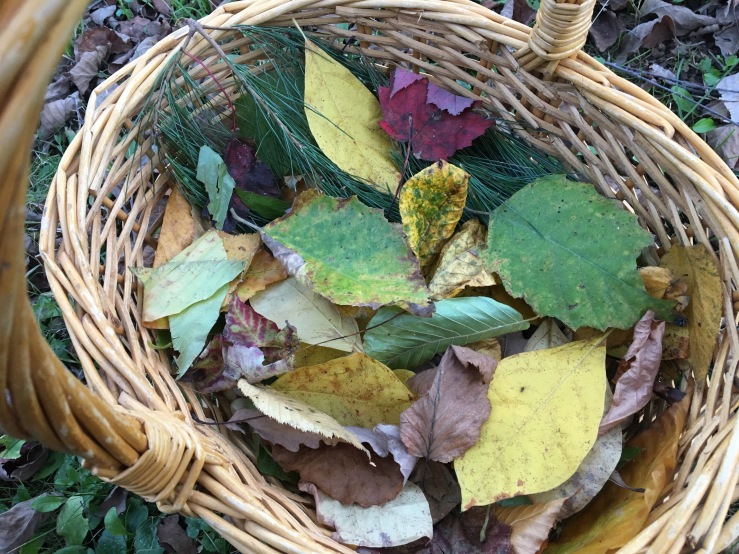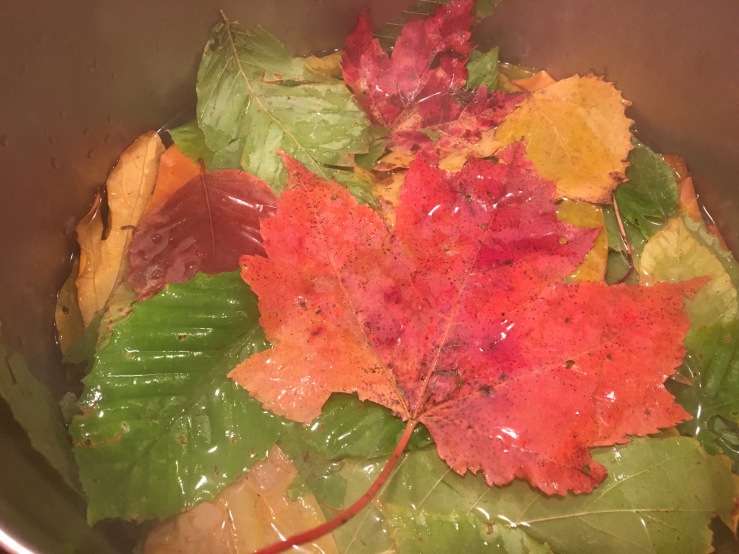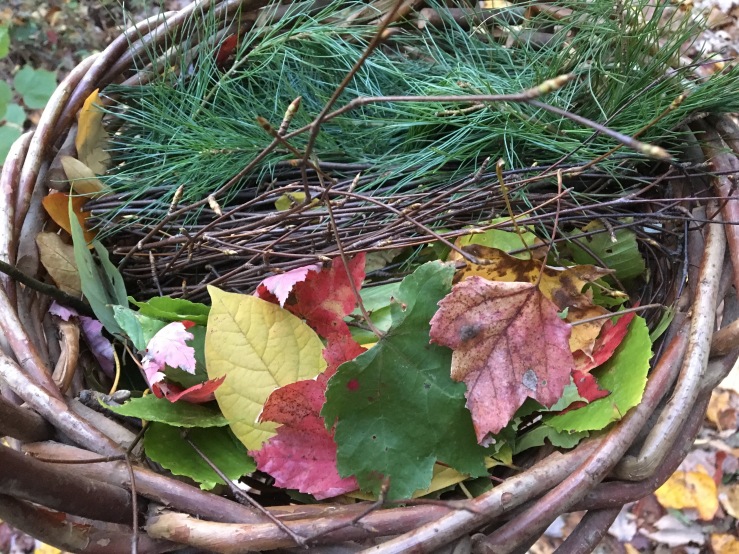
The fleeting time of the cherry blossom is as brief as it is beautiful. To wit, tragically.
Thankfully, their incredible aroma and flavor can be preserved in various ways. Less so, their visual beauty. Photographs and memories are about the best we can do. But culinarily, vinegar, honey and salt all play their part. Today we will focus on the salt, based on a traditional Japanese technique.
Salt-curing cherry blossoms relies on using a method involving two different processes–saturating the blossoms in salt for several days, then rinsing and soaking in vinegar. After this point, the flowers can be dried and stored indefinitely. Some of them will improve with age, while some of them will degrade over time. Every species of cherry and indeed every tree is somewhat unique and different. But, it is not just cherry blossoms that can be preserved in this way. So many flowers can be salt-cured that it seems almost ridiculous to list them. For the most part, I have experimented with tree flowers because they tend to be a bit more durable and they are quite easy to collect (Imagine collecting 5 cups of ground ivy flowers).
I have salt-cured with success :
Various Cherry Blossoms
Apple Blossom and Leaf
Peach
Ornamental Plum
Ornamental Quince
Magnolia (x soulangeana, stellata, etc)
Wisteria
Black Locust
Redbud
For the last three (and, presumably, any member of the Fabaceae) I recommend aging in the last stage. These flowers tasted of very little for their first six months or more in a jar. As the time progressed, their flavor suddenly re-emerged, like a lover hidden behind a fan.
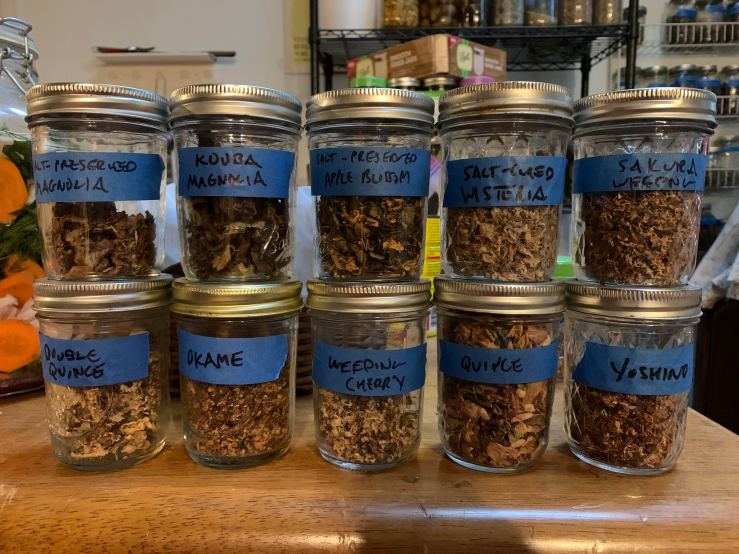
Any of the flowers listed above (and many more I am sure) can be preserved using this method. Every type of cherry blossom is different, so expect variance in the flavors produced. In addition, I recommend collecting the flowers at the peak of their season, once they have emerged and been on the tree long enough for aroma and flavor to accumulate, but before they begin to fade in pungency. It is also best to collect the flowers on a clear, dry day and not immediately after rainfall. You want them to be at their maximum potency, otherwise what is the point of preserving them? The flavors of these flowers are fleeting, so only process at their peak!
As far as the other ingredients, I use finely ground Himalayan pink salt (this is a rock salt, gathered in the highlands, and will be free of micro-plastics, which can no longer be said of sea salt) and a relatively neutral vinegar like rice, cider or Korean brewing vinegar.
Process
• For every 1 cup of loosely-packed blossoms, use 3 tbs of finely ground salt.
• Combine blossoms and salt, applying light pressure to work the salt into the flowers.
• Place in a non-reactive (glass or plastic or ceramic) container, cover and apply light pressure.
• Uncover and toss/stir the blooms once a day, then cover and weigh again.
• After three days uncover and rinse the blossoms of as much salt as possible.
• Air dry the blossoms or dehydrate at a low temperature (80° F) for a few hours.
• Place in a clean glass jar and cover with vinegar. I generally use at least 1/2 cup vinegar : 1 cup flowers.
• Allow to sit in the vinegar for at least one-two weeks.
• Remove the flowers from the brine and dehydrate at a higher temperature (100° +) until fully dry.
• Store flowers in a clean glass jar at room temperature.
• Reserve brine for use in dressings, marinades and pickles.
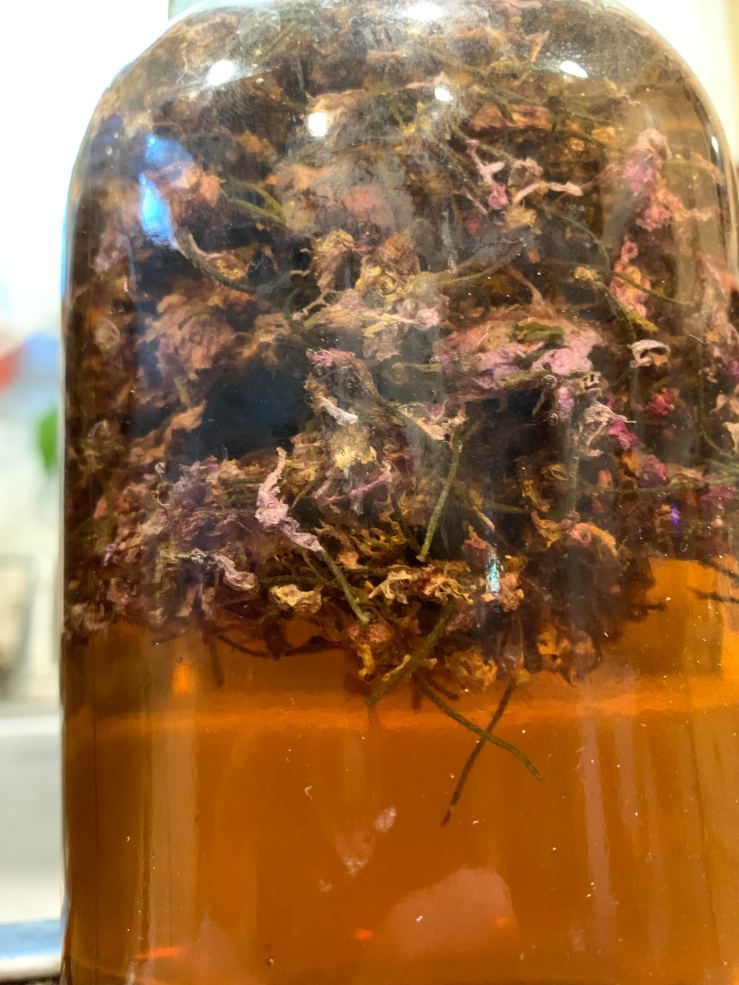
The flowers and the brine can both be used for many different dishes, the only limit is your culinary creativity. The flowers are intriguing as a garnish, an ingredient in spice and salt mixes, as a unique tea (the traditional use), and even in a sweet and salty ice cream! The brine is a perfect base for a marinade or a dressing, and is essentially a pre-made and flavored pickling medium. Always taste before using, as each flower will create a different set of flavors. As long as the flower is safe for eating, I see no reason why this wouldn’t work with a great many blossoms.
